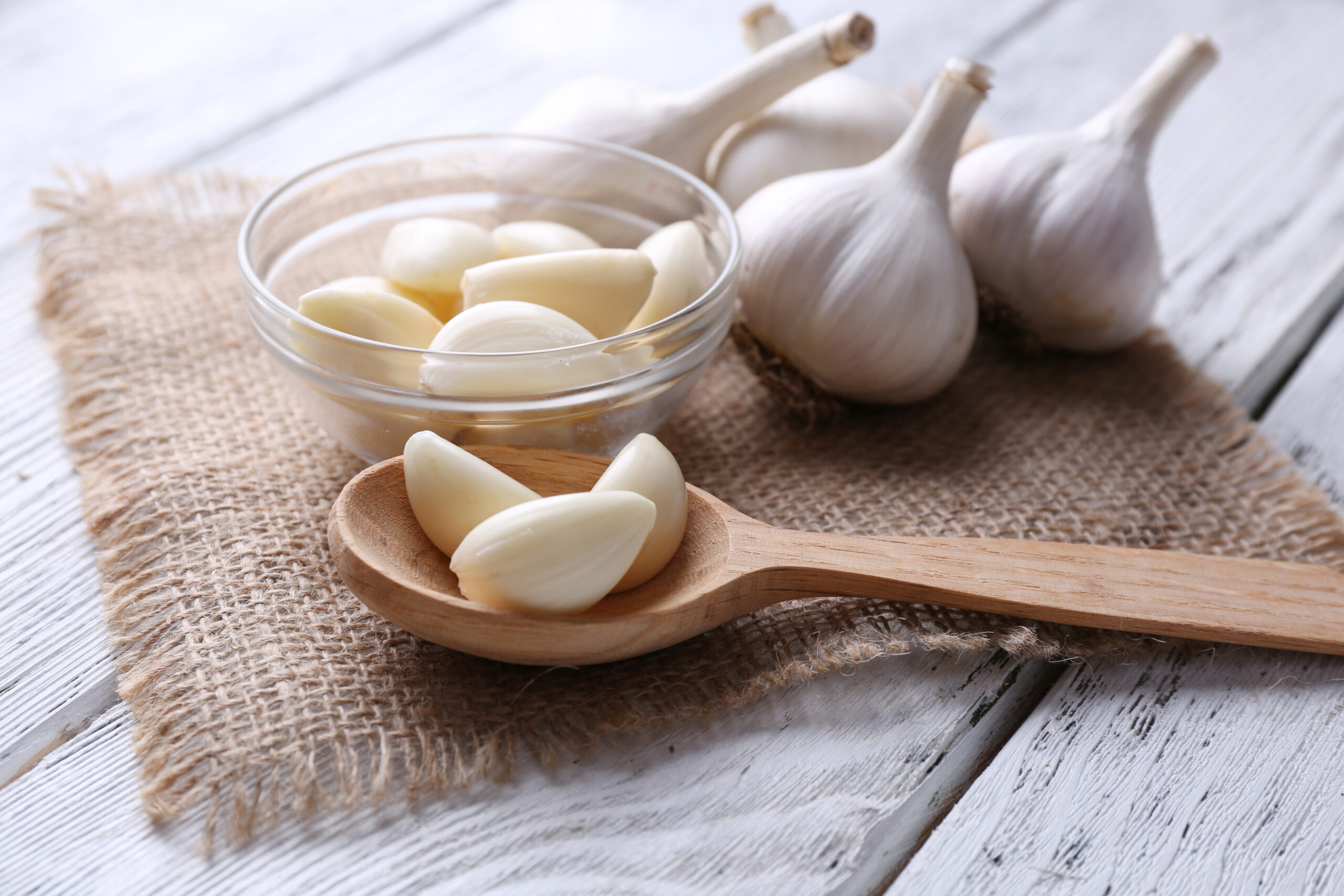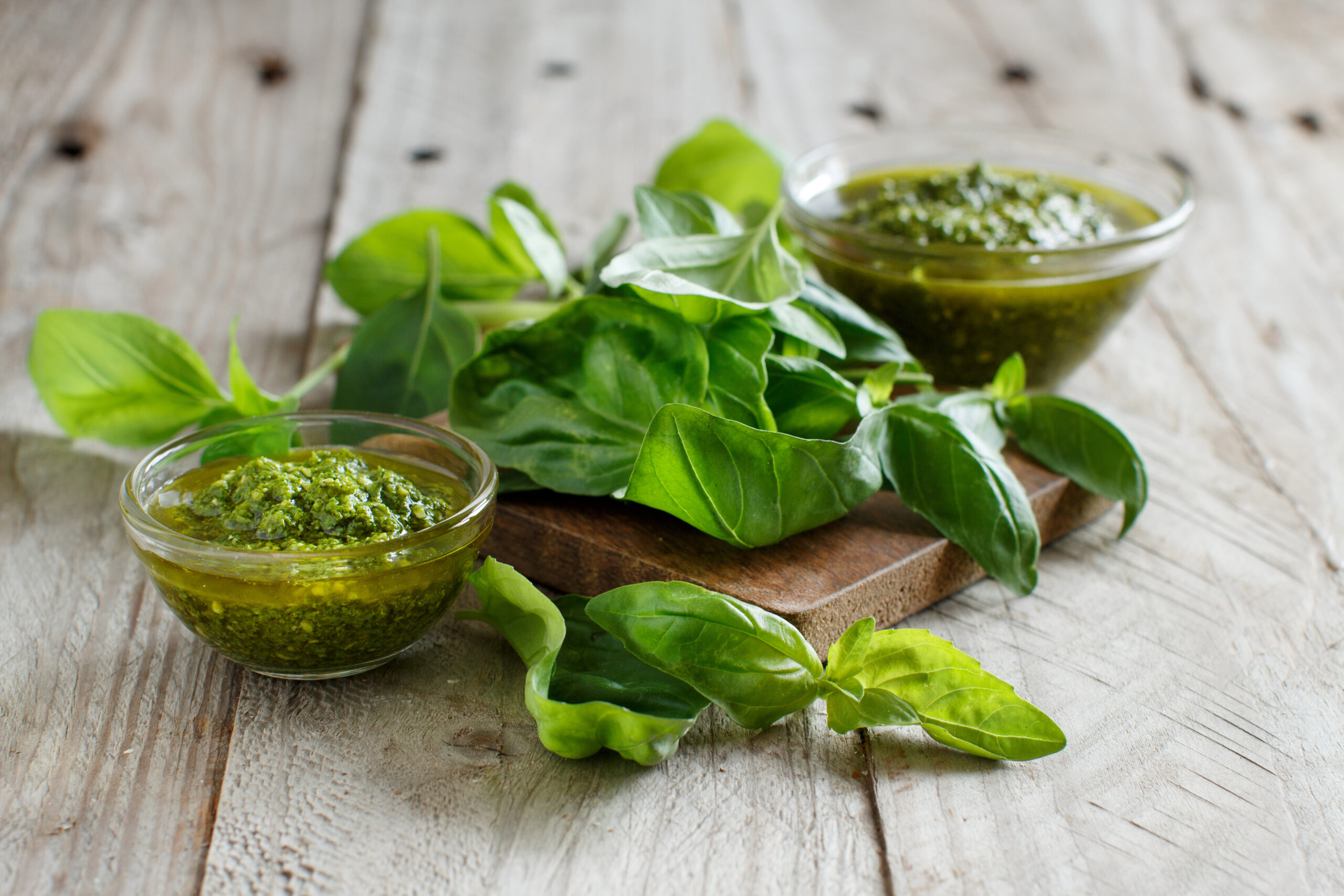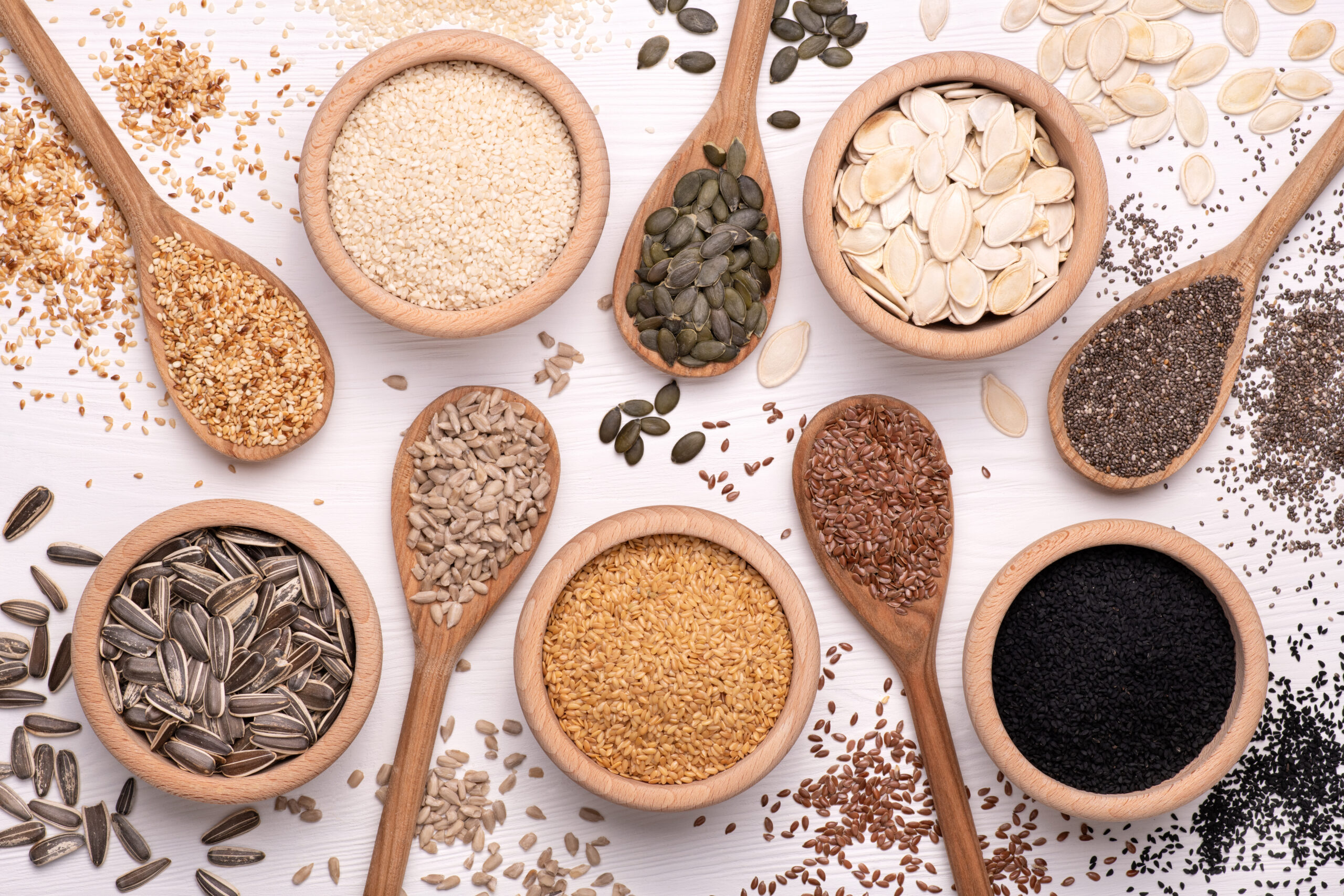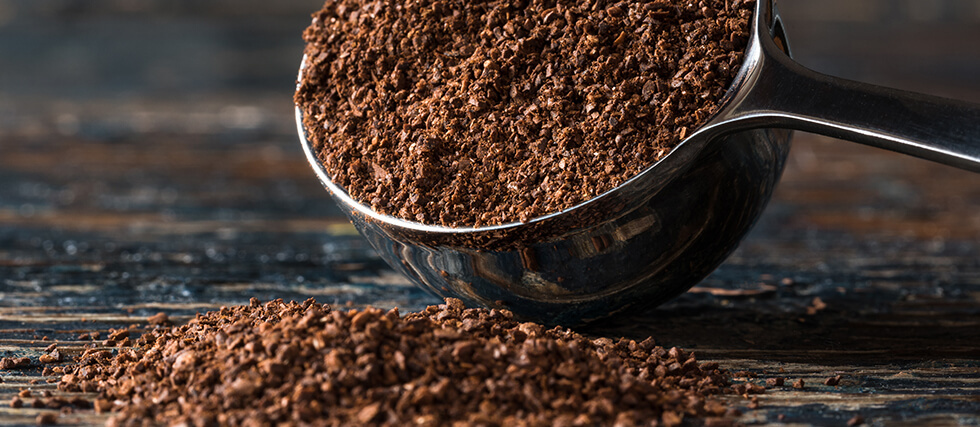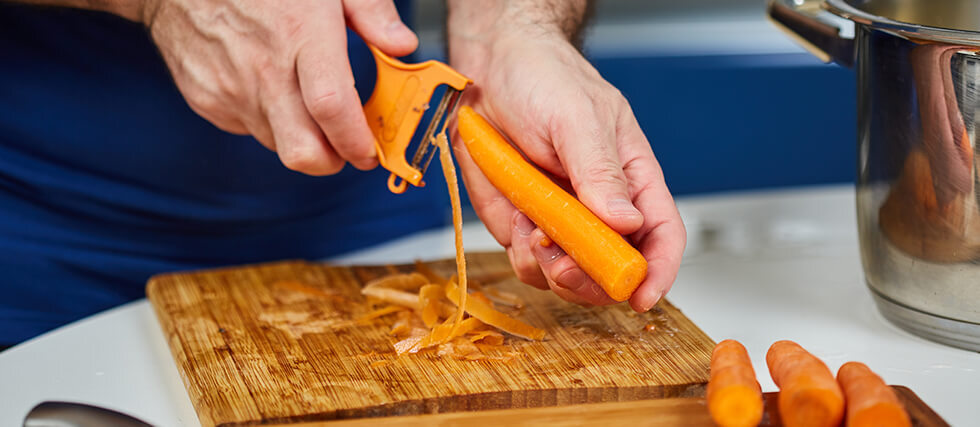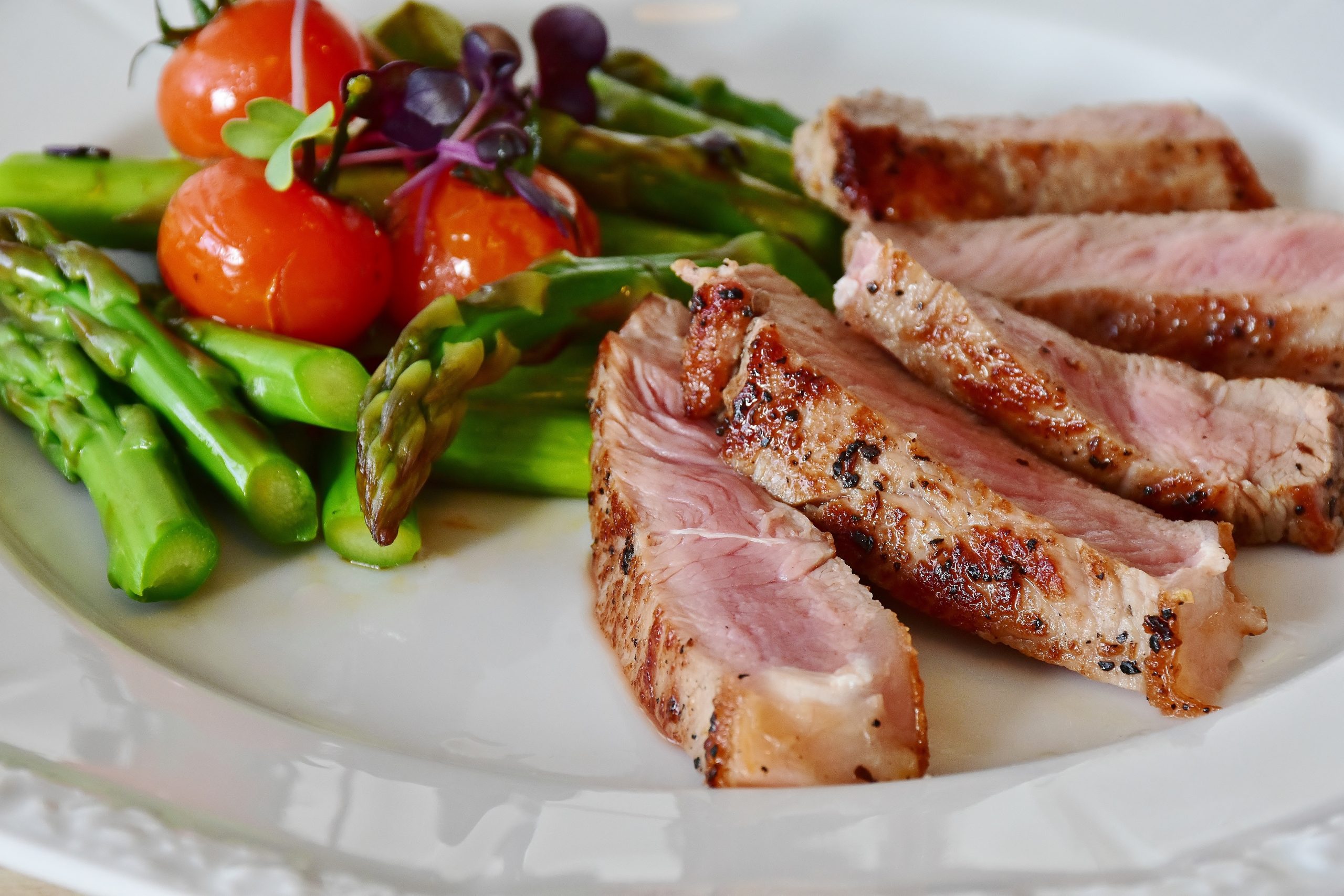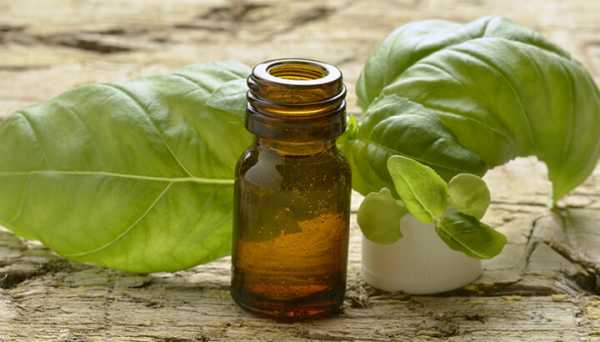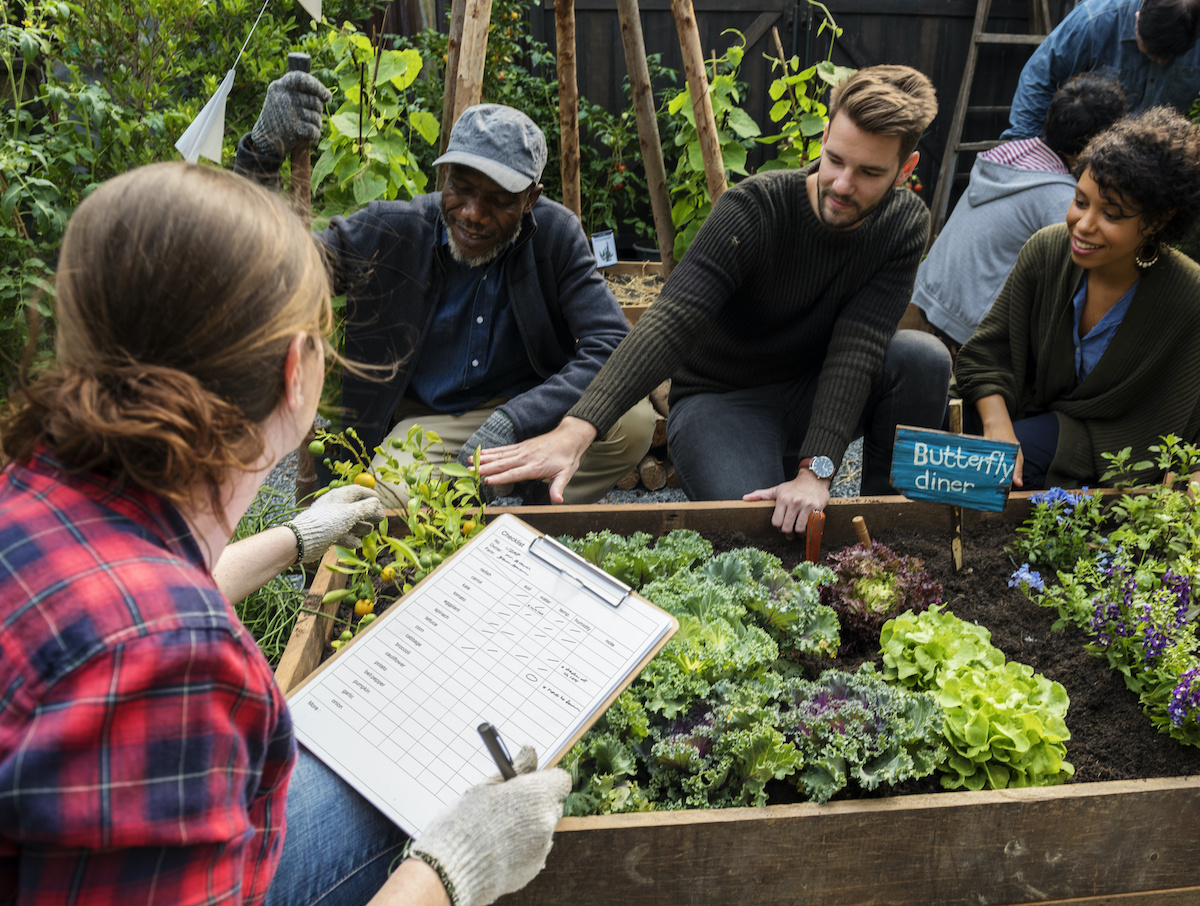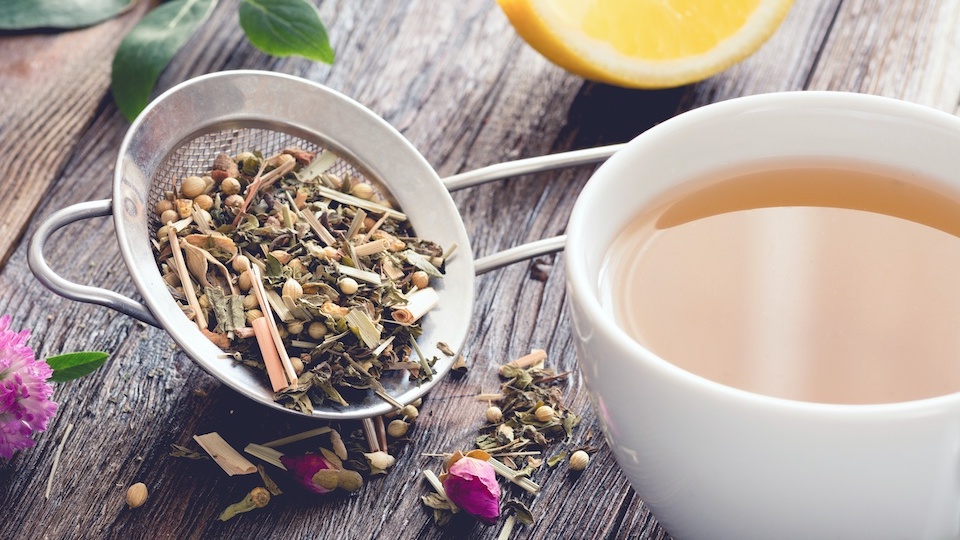This Biblical Bulb Has Been Used for Centuries for Its Healing Powers
Throughout history, certain plants and herbs have been revered for their remarkable healing properties. Garlic (Allium sativum) is one of the most potent natural medicines, referenced in ancient texts and modern science. Mentioned in the Bible and other historical records, this humble bulb has been used for centuries to treat ailments, boost immunity, and promote overall well-being.
In this article, we take a deeper look at the medicinal prowess of this humble bulb.


